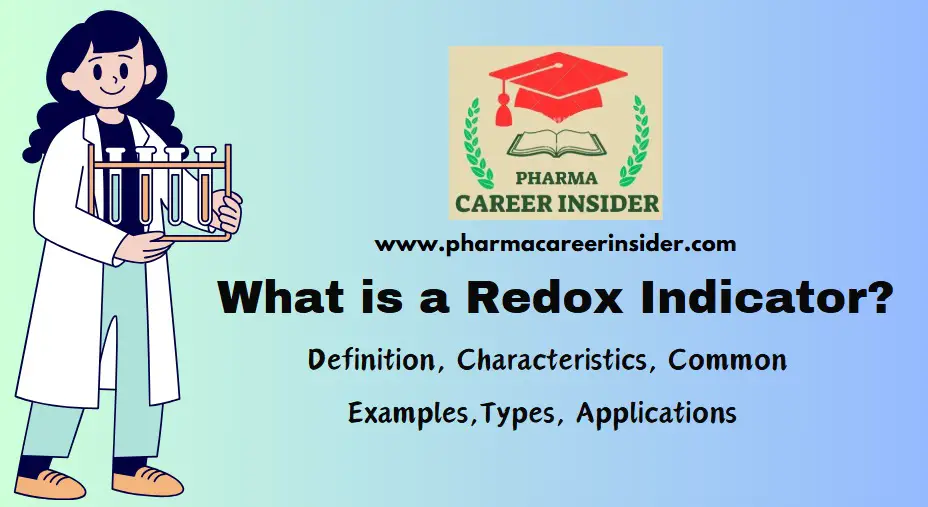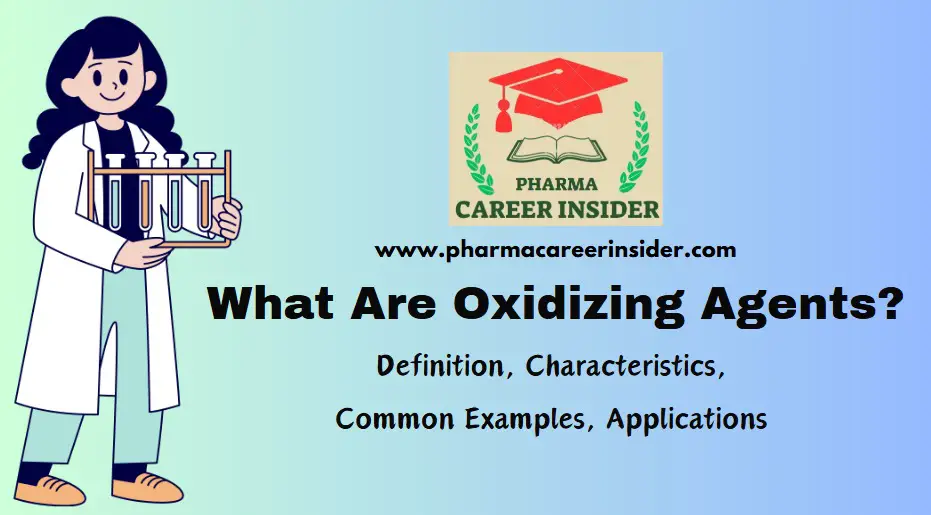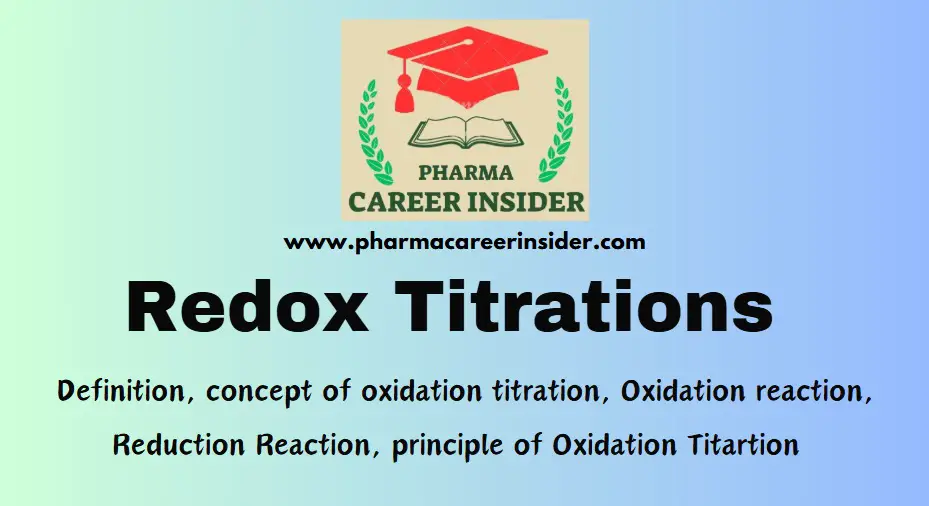Iodimetry
1. Introduction to Iodimetry: Iodimetry is a type of volumetric analysis that involves the use of iodine (I₂) or iodine-containing compounds as titrants to determine the concentration of reducing agents in a solution. The key reaction in iodimetry is the reduction of iodine (I₂) to iodide ions (I⁻) by a reducing agent. Iodimetry is commonly … Read more






